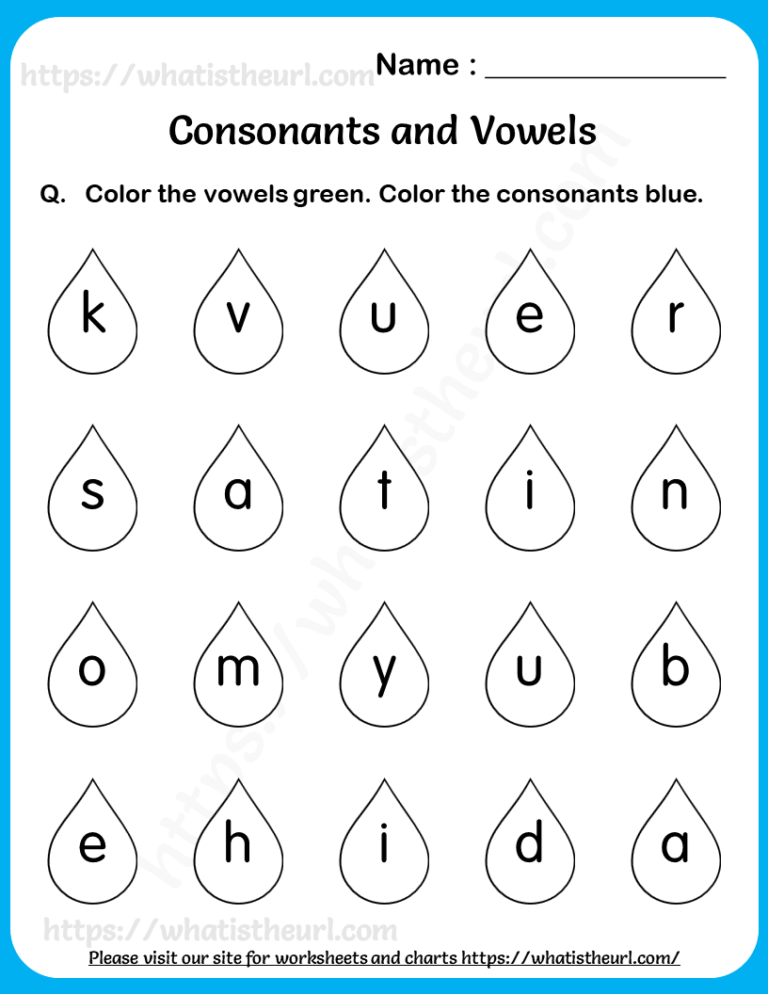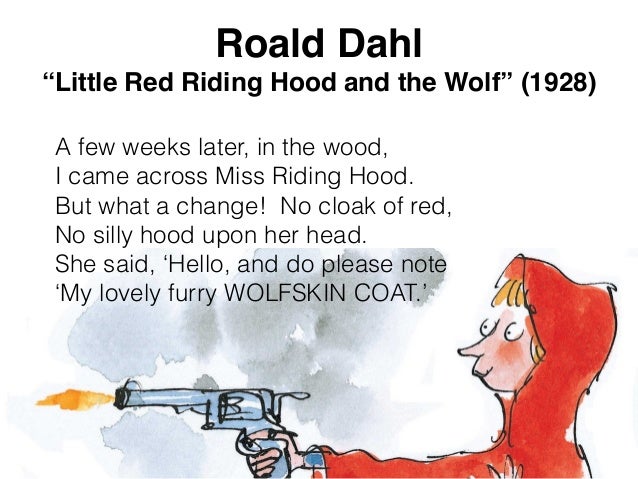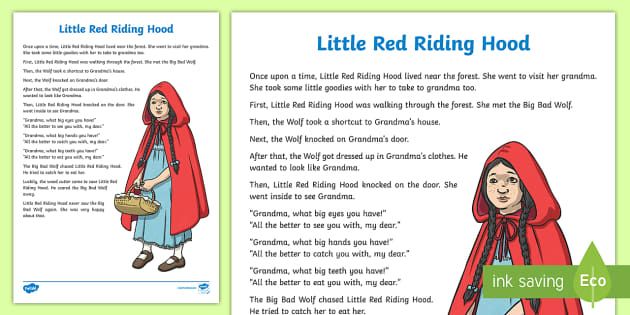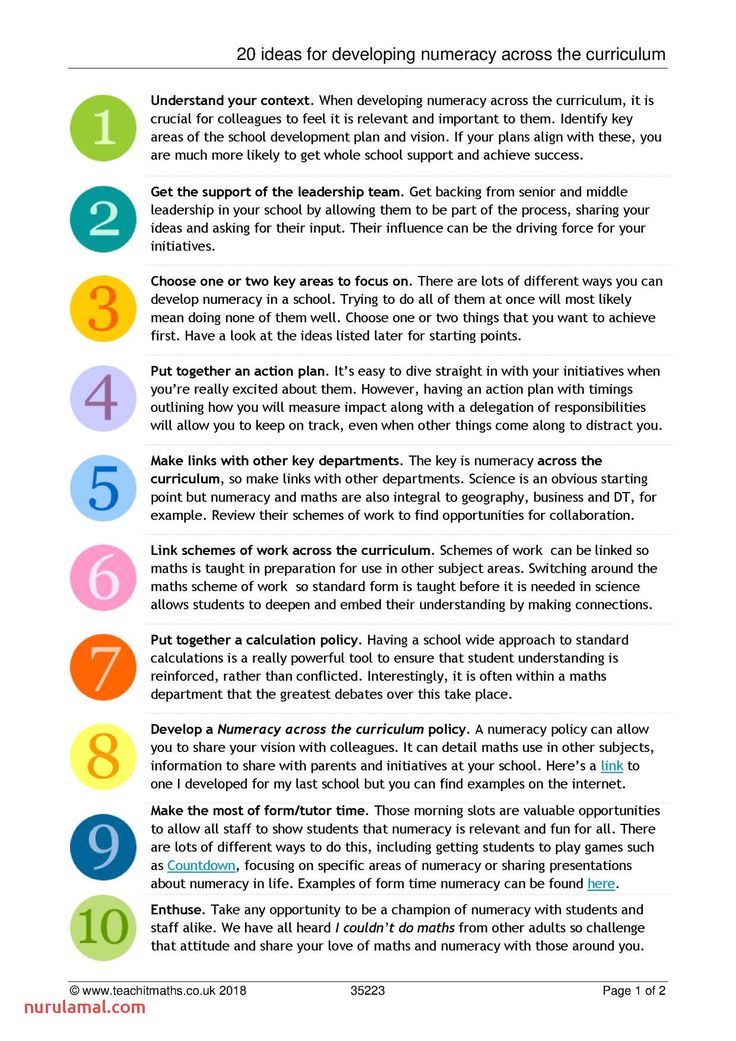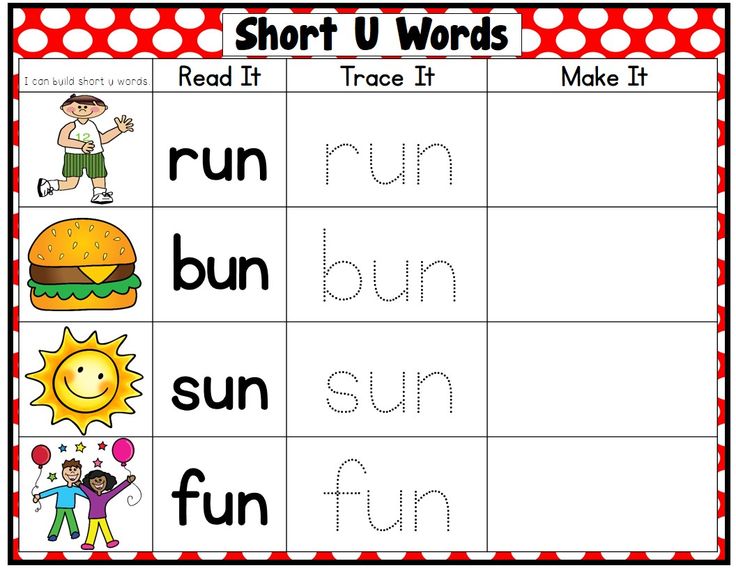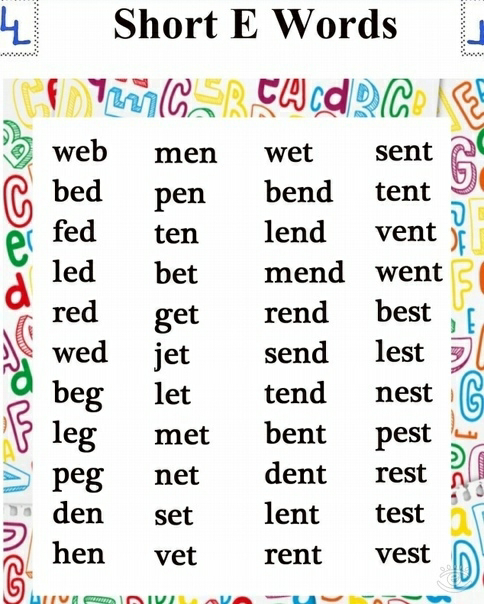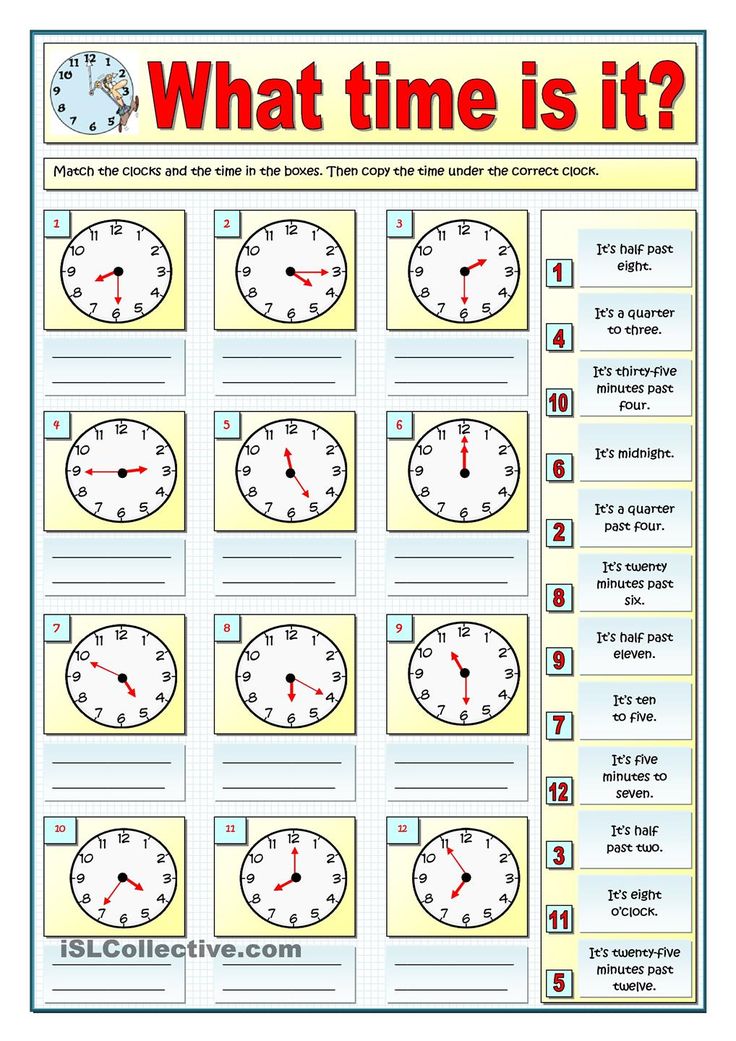Teaching consonants and vowels
The Learners Nook
Learning English’s vowels and consonants is a core skill that all English learners will need to have. Strong phonics skills now will translate into better reading and writing skills later on. We have made this guide to help you and your child master vowels and consonants with step-by-step instructions and everything we think you will need to become a phonics teaching pro.
Free Vowels and Consonants FlashcardsTo help you and your children practice phonics, we have made some free flashcards that you can use. The flashcards can be colored and include a find the letter game on each page. Just click here or on the picture below to go to the download.
Vowels and Consonants A-ZVowels and consonants lessons begin with knowing the sounds of each of the letters of the alphabet. Our lessons are laid out in the general order that we would teach them. Consonants are, for the most part, paired with similar-sounding consonant pairs to make it easier for your child.
These lessons will become the fundamentals of your child’s reading skills. Pair these lessons and our free flashcards to get your child reading vowels and consonants in English as quickly as possible.
Long Vowels and Other ConsonantsPhonics doesn’t stop with the 26 letters of the alphabet. In these more advanced lessons, we are going to introduce long vowels and their patterns. As well, we will teach your child about the sounds made by the letters th, ch, sh, and ng. Use these lessons to complete your child’s basic level of vowels and consonants.
Vowels and Consonants Phonics HelpersThe phonics of vowels and consonants can be a really tricky thing to teach. To help you along, we have tried to put all of our best resources in one place to make sure that you will find success in teaching your child to read. Our articles here include games, songs, activities, and strategies you can employ to help your child master phonics.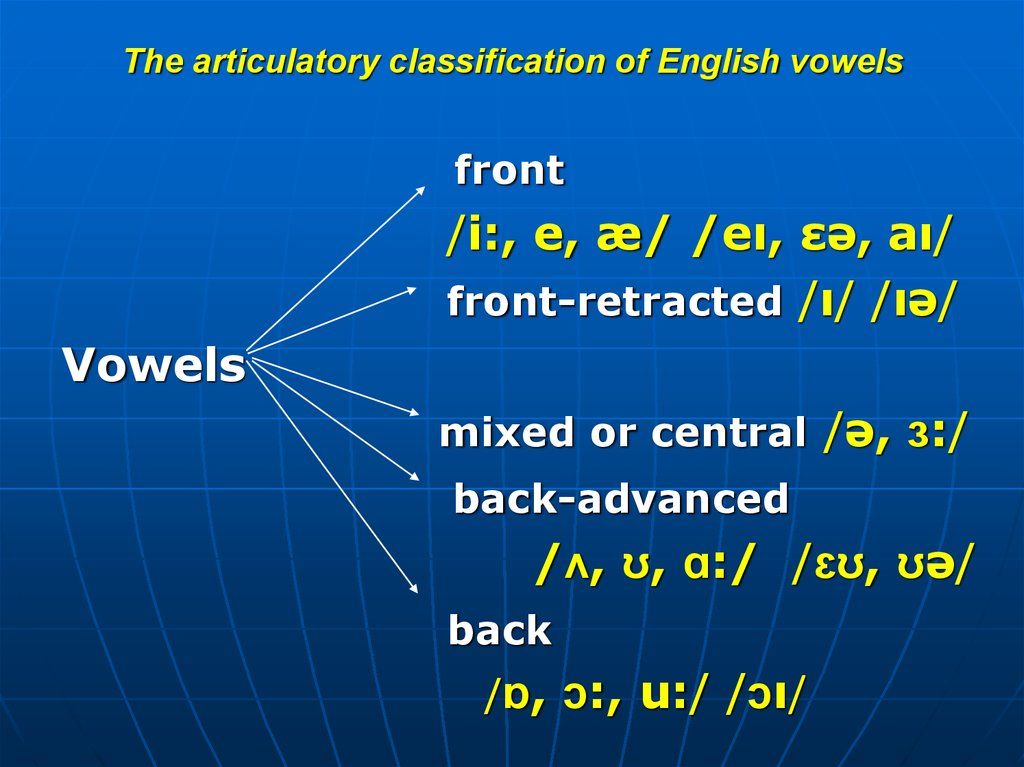
In the English language, we have 5 main vowels: a, e, i, o, and u. We usually say that each of these vowels makes two sounds, a short vowel sound, and a long vowel sound.
Short vowel sounds are “a” as in apple, “e” as in egg, “i” as in igloo, “o” as in octopus, and “u” as in umbrella.
Long vowels are “a” as in name, “e” as in here, “i” as in fight, “o” as in hole, and “u” as in cute.
The majority of letters in English are considered consonants. Consonants are formed when air is restricted in some way while you are making a sound. This restriction can be in your throat or mouth and can be often caused by your tongue, teeth, lips, or some combination of these. All of the letters except a, e, i, o, and u are consonants. “Y” is unique in that it can be both a vowel or a consonant.
What is Phonics?Phonics is a system of learning where we emphasize the most common sound-letter combinations.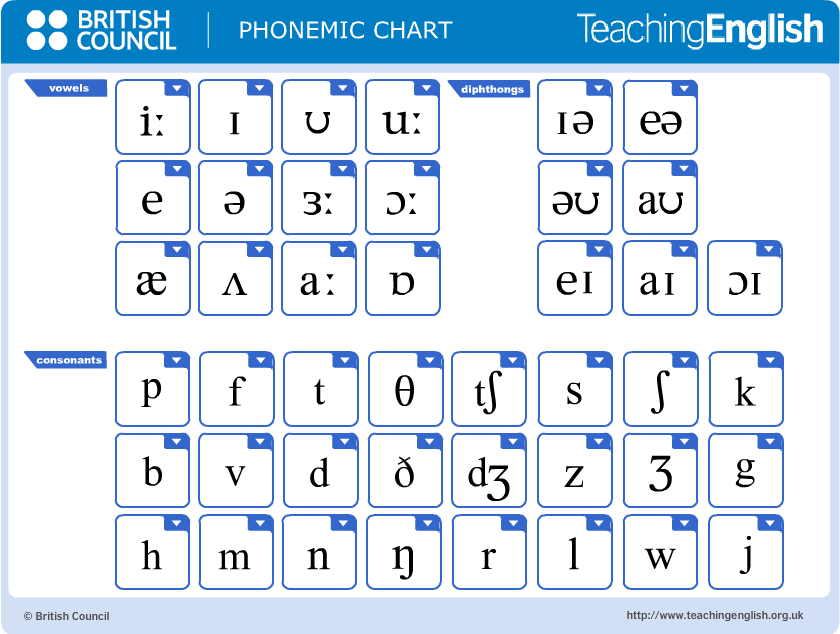 All of this is with the end goal of getting kids to be able to sound out words and read on their own. Instead of learning words as a whole, we break words down into their sounds represented by the letters that comprise those words.
All of this is with the end goal of getting kids to be able to sound out words and read on their own. Instead of learning words as a whole, we break words down into their sounds represented by the letters that comprise those words.
We have a whole post on this topic here. However, in short, you want to teach phonics in a systematic way that emphasizes the ability to break words down and “sound them out.”
While teaching, you will also want to keep your children’s attention by playing games, listening to songs, or reading books with them. The key to teaching them phonics is making it fun for them and reinforcing the things that they have already learned through activities that they like.
What Vowels and Consonants Should I Teach First?We have generally laid out our lessons in the order that we would teach them. Start with learning all of the short vowel sounds and consonant sounds. We have chosen to organize them by similar sounds instead of by the order of the alphabet, but of course, the order you teach them in is up to you.
We have chosen to organize them by similar sounds instead of by the order of the alphabet, but of course, the order you teach them in is up to you.
You can then move into long vowels and the phonemes represented by more than one letter (th, sh, ch, and ng). These lessons should get you through basic phonics. So the next step would be to begin blending sounds to make words and then to have them read on their own.
Does Phonics Work For Every Child?Every child is different. Some children will have more difficulties with phonics and reading in general compared to their classmates. If you are having trouble with your child, it could be that they are too young. Most children do not learn to read until they are 6 or 7.
What Age Should You Teach Phonics?You can start familiarizing children with the sounds of English at any age. Actual phonics instruction depends on the child. I have taught some children as young as three, whereas others needed more time to develop before we could start teaching them how to read.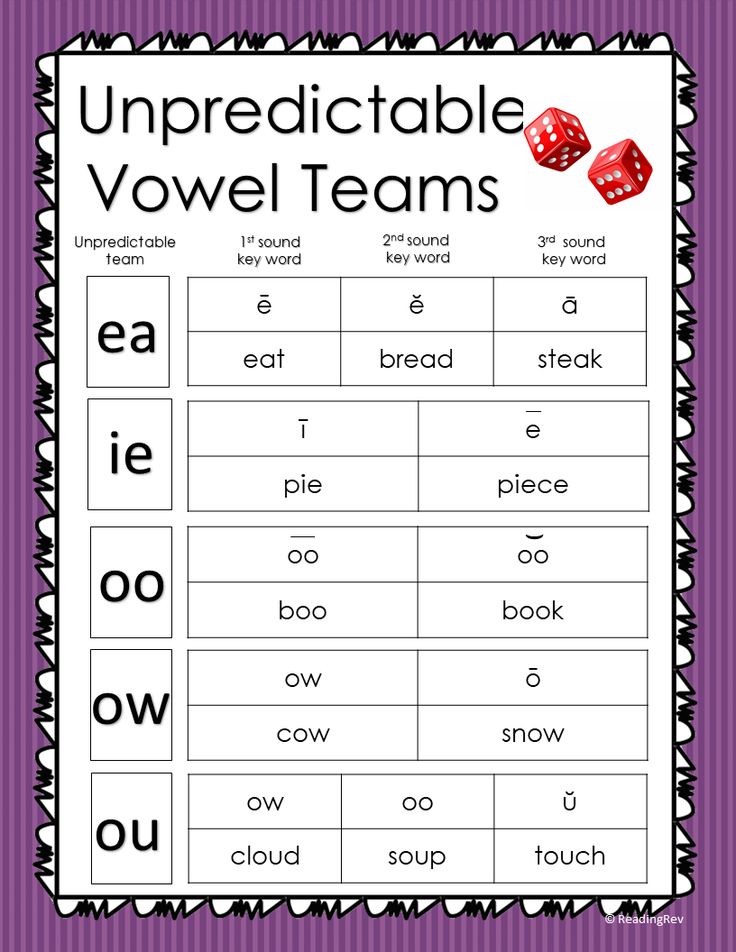
Yes, unfortunately, we cannot explore every topic here or answer every question. If you have a quick question, you can send us a message at the link below, or click here. If you need more help, you can schedule a chat with us to discuss your situation and questions.
What are vowels and consonants?
We explain what vowels and consonants are and how primary-school children are taught to identify CVC, CCVC and CVCC words, vowel digraphs and consonant digraphs.
or Register to add to your saved resources
What are vowels and consonants?
The alphabet is made up of 26 letters, 5 of which are vowels (a, e, i, o, u) and the rest of which are consonants.
A vowel is a sound that is made by allowing breath to flow out of the mouth, without closing any part of the mouth or throat.
A consonant is a sound that is made by blocking air from flowing out of the mouth with the teeth, tongue, lips or palate ('b' is made by putting your lips together, 'l' is made by touching your palate with your tongue).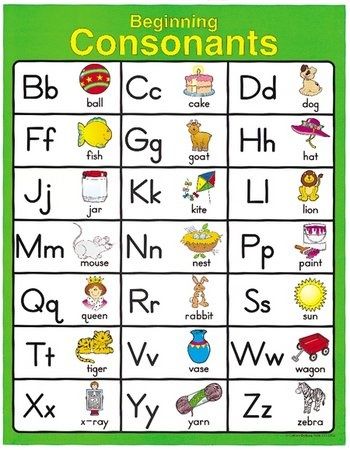
The letter 'y' makes a consonant sound when at the beginning of a word ('yacht', 'yellow') but a vowel sound when at the end of a word ('sunny', 'baby').
Watch your child's grammar confidence grow
- Perfect Punctuation Workbook
- Grammar Games Pack
- PLUS 100s of other grammar resources
Download Your Free Packs Today
Vowels and consonants in primary school
Children learn all the letters of the alphabet in the Foundation Stage (nursery and Reception years). This means they learn to look at a letter and then make its sound, but also to hear the sound of a letter and be able to write it down.
In Reception children move onto learning to read and write CVC words (consonant, vowel, consonant) such as cat, top, hit, nap.
They then move on to read and write CCVC words such as trip, stop, pram.
They also learn CVCC words such as milk, lamp, tusk.
Children will also learn that sometimes two vowels are put together to make one sound, such as ai, oo, ea, ie which can be found in words such as rain, boot, read and pie. When two vowels are put together to make one sound, this is called a vowel digraph.
They also learn that sometimes two consonants are put together to make one sound, such as th, ch and sh which can be found in words such as bath, chip and mash. When two consonants are put together to make one sound, this is called a consonant digraph.
Teachers may or may not make children aware of all the linguistic vocabulary in bold above.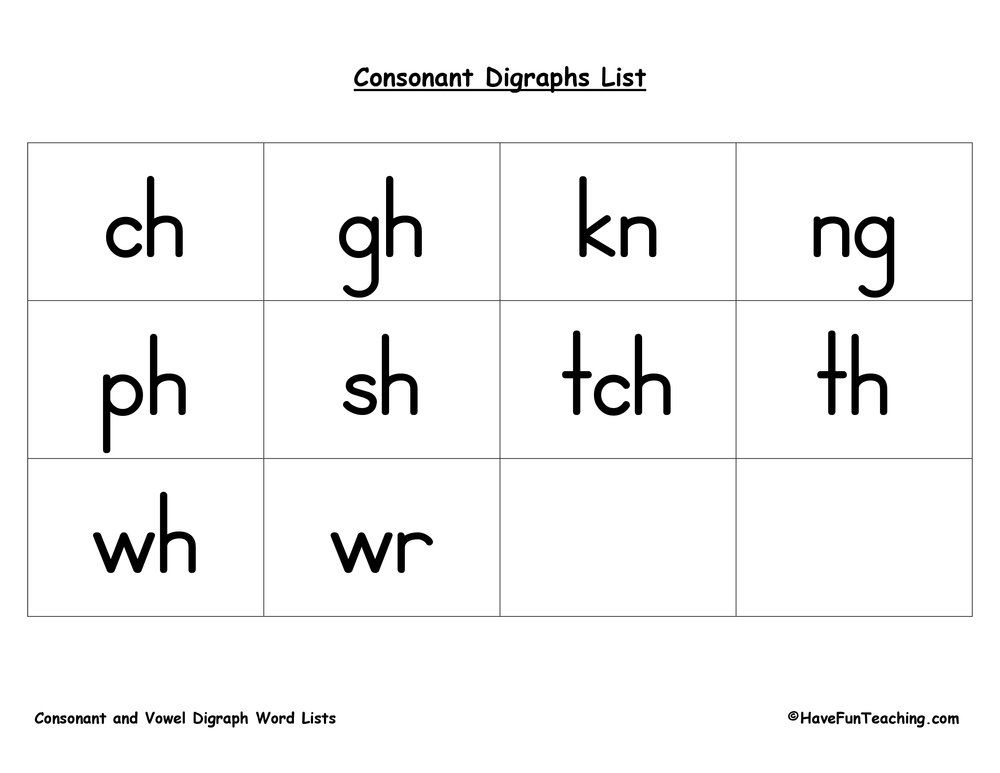 It is not necessarily important that they know these words or can define them: the most important thing is that they learn to read and write individual letters and words with confidence through thorough step-by-step phonics activities.
It is not necessarily important that they know these words or can define them: the most important thing is that they learn to read and write individual letters and words with confidence through thorough step-by-step phonics activities.
Children moving up the school may notice certain things about vowels and consonants. For example, in English we rarely have three or more vowels together; beautiful, queue, liaise, quail, quiet, squeal are some of the few words that use this spelling pattern.
Another thing children may notice is that every word in the English language contains a vowel. This is quite a useful thing to know when playing hangman: go for the vowels first!
More like this
What are CVC words, CCVC words and CVCC words?
Phonics teaching step-by-step
What is a digraph?
Recognising short vowels in CVC words (Phase 2 phonics)
What is ‘magic e’ or a split digraph?
Reading vowels (Phase 2 phonics)
Two-letter vowel sounds: /ee/ /oo/ /ur/ (Phase 3 phonics)
Joining vowels: handwriting practice activity
Using unstressed vowel words
How to explain to a child the difference between vowels and consonants?.
 Blog Logo-Expert
Blog Logo-Expert Elementary school teachers notice that phonetic analysis for toddlers is one of the most difficult tasks. Indeed, in order to determine what sound is in front of you, the child needs to analyze it properly and remember how vowels and consonants are pronounced. Without a clear understanding of the difference, the child will be constantly confused.
To help your baby learn to distinguish sounds, follow these guidelines:
Inventive children will show you how to sing the sound Z or M, and then confusion will not be avoided. The fact is that all sounds in our language can be divided into 3 groups: vowels are voice, voiced consonants are voice and noise, deaf consonants are only noise. Sonorants are closest to vowels: p, l, n, m, d. Therefore, the argument that vowels are sung and sonorants are not - do not use for the sake of your own further peace of mind.
The main conclusion he must come to is that when pronouncing consonants, air is constantly being prevented from easily jumping out of the mouth: either teeth, or lips, and the sound M generally comes out through the nose. Give the baby a mirror - let him compare how the mouth behaves when he pronounces vowels and consonants in turn.
Give the baby a mirror - let him compare how the mouth behaves when he pronounces vowels and consonants in turn.
-
Tell a story: “Mouth is a house that has doors, a floor, and a ceiling. The vowel sounds lived happily and cheerfully in this house - they could easily run out into the street for a walk and no one interfered with them.
Say all the vowels - show that the mouth is really open, the tongue is calm, and the air comes out unhindered. “But once an evil snake settled in this house and did not let out sounds on the street. Either he will press them from the side, then he will close his teeth. Say the consonants. “But the consonant sounds were smart and they came up with how to outwit a snake. They began to hold on to the handles with vowel sounds and together run past the snake. Try". The child should notice that when pronouncing open syllables, the air comes out freely. “So, since then, sounds began to live together and the snake was not afraid.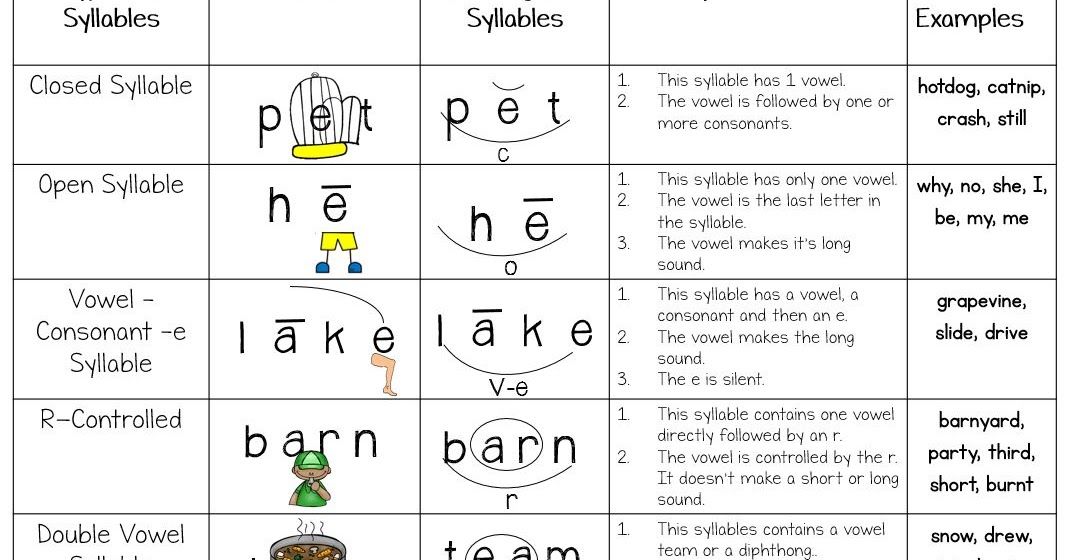 ”
”
Note that individual consonants are read briefly, but together with vowels they can be drawn for quite a long time.
Prepare cards with pictures and words: ball, house, cheese, whale, meadow, forest. These words contain all vowel sounds. Put the first card in front of the child and make a riddle: "This word has an unusual sound that you can shout the loudest, sing it the longest, when you pronounce it, neither your teeth, nor your lips, nor your tongue interfere." Give the child the opportunity to shout out the sound and look at himself in the mirror. Be sure the kid will find the answer!
And if you want to learn how to distribute the stages of corrective work to form the correct sound pronunciation, master the production of sounds with the help of speech therapy probes; learn how to activate kinesthetic sensations in the oral area and how to use the V-Zibe massager; then we are waiting for you at the mini-course: "Sound production: features of the beginning of work and the formation of sound pronunciation. "
"
Learning vowels tasks for preschoolers 5-6 years old in a playful way
Learning to read begins with the study of letters and sounds. The kid learns them separately, and then begins to put them into syllables, and later into words. So that acquaintance with letters does not turn out to be too difficult for the baby, you need to organize it correctly. Let's find out how to quickly learn vowel sounds with your child.
How to start learning vowels
Many parents begin to teach their children the ABC, looking at all the letters in a row, in alphabetical order. This is not the correct method. It is better to divide the letters into vowels and consonants and learn each group separately. This approach will greatly facilitate the child's task.
Start with vowels. First, explain to your child the difference between vowels and consonants. Vowels are sounds that are pronounced by the voice. They are sonorous, from which you can sing, stretch your voice.
To show your child the difference between vowels and consonants, give him a mirror and ask him to pronounce different sounds. Let him see how the position of the mouth changes during the pronunciation of vowels and consonants. When pronouncing vowels, the mouth is freely open, the tongue lies and does not move, and the air freely leaves the throat. The pronunciation of consonants involves lips, tongue, teeth.
When the child learns to distinguish between these two groups of sounds, you can move on to a more detailed study of vowels.
Method of studying vowels
There are ten vowels in the Russian alphabet - A, O, U, Y, I, Y, E, Y, Y, E. To make it easier for a child to remember them, make them from cardboard (or buy ) cards with their image.
Letters A, O, U, Y, E write in one color, for example, red. And the letters I, Yo, Yu, I, E - in a different color, for example, blue. This is necessary so that the child learns to distinguish between "hard" and "soft" vowels.
Arrange the cards in pairs: A-Z, O-E, U-Y, Y-I, E-E and show the child. Explain that paired sounds are similar to each other, only A, O, U, S, E are pronounced firmly and with a wide open mouth, and I, E, Yu, I, E have a soft sound and when they are pronounced, the lips stretch or fold into tubule.
Let the child practice pronouncing the sounds in pairs by observing his facial expressions in the mirror.
Letter games
Children learn best through play. So turn the boring memorization of sounds into a fun game.
- Shuffle the cards and place them face up on the table. The task of the kid is to fold the cards with red and blue letters (A-Z, O-Yo, etc.) in pairs.
- Shuffle the cards like playing cards. Pull out one, show the child and ask what the letter is written on it. If he answered correctly, the card goes to him, if incorrectly, it is returned to you. To make it easier for the baby, first show the letters in pairs (A, then Z, etc.
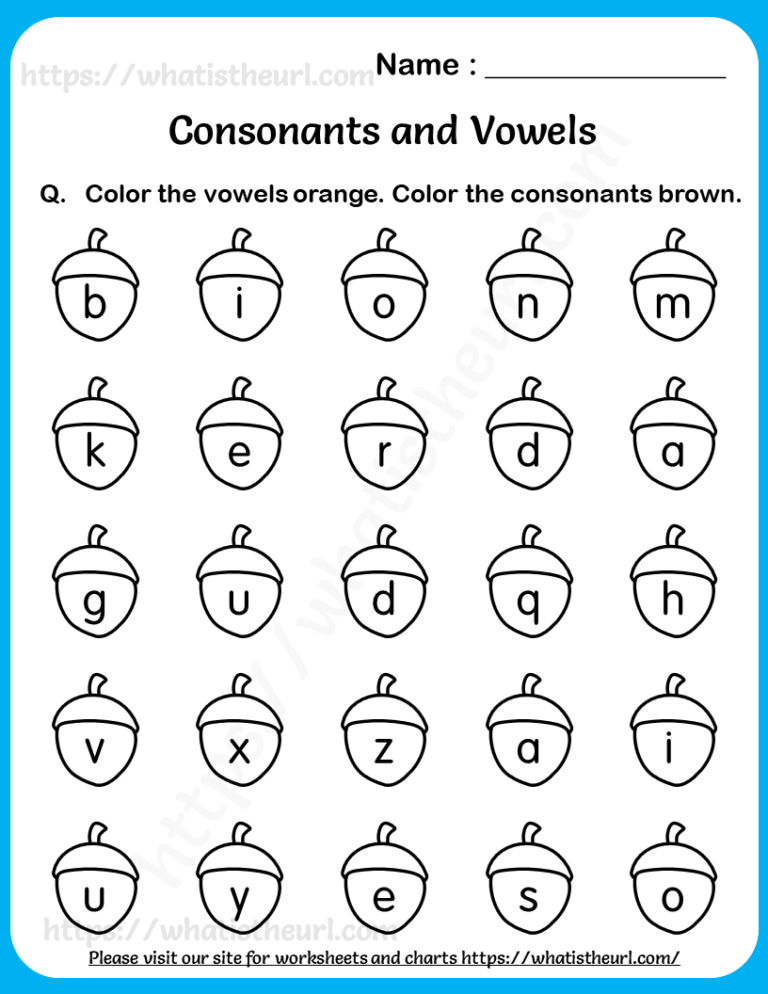 ), and then at random.
), and then at random. - Draw or give a task a child to draw a house with ten windows - five in two rows. Write in each box of the first row the letters A, O, U, Y, E, and then ask the child to write in the boxes of the second row a pair for each letter. Then erase the letters and enter in the first row of boxes I, Yo, Yu, I, E and ask the baby to enter their pair in the second row. Then erase all the letters again and invite the child to enter all the pairs in both rows of boxes.
- name words beginning with vowels, and ask your child to name this sound (watermelon, donkey, snail, spinning top, apple, Christmas tree, blackberry, needle, exam). Then the child must come up with words that begin with each vowel sound. Invite him to name a word that starts with Y. After unsuccessful attempts to do this, explain that in Russian this letter never occurs at the beginning of a word. Name the words in which Y is in the middle (fish, lynx, skis) or at the end (teeth, mushrooms, mountains).
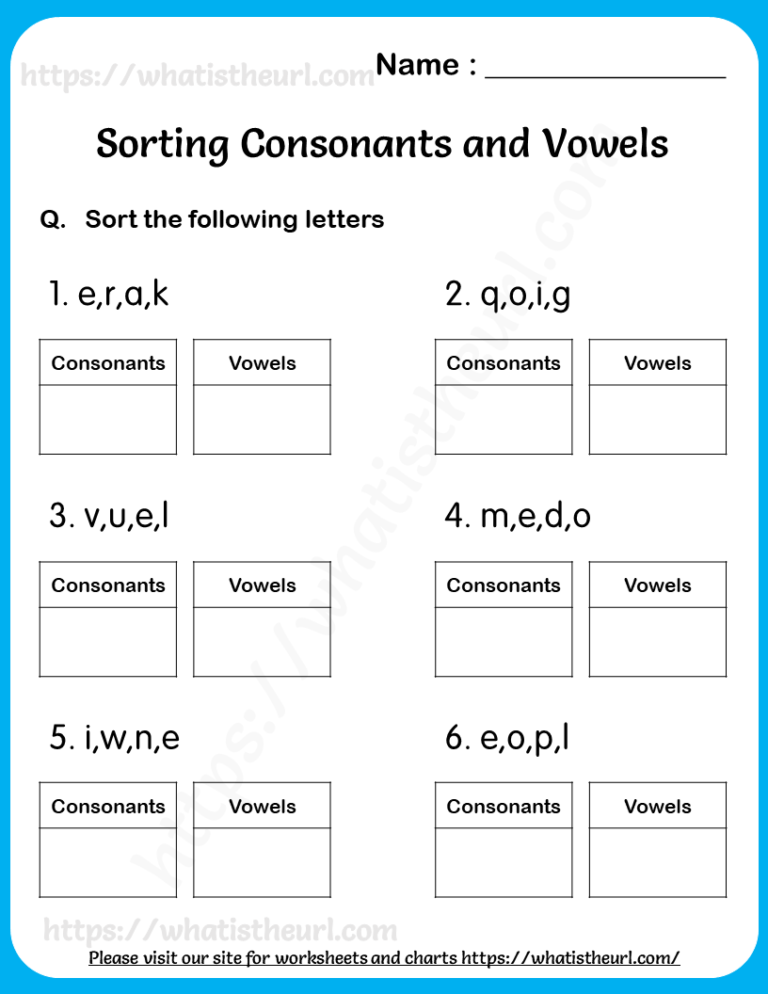
- Find pictures of objects with three letters in the name , one of which is the vowel (cat, onion, cheese, crayfish, beetle, etc.). Ask the child to name the object shown in the picture, determine what vowel sound is in this word and where it is located (at the beginning, middle or end of the word).
- Take a pencil and write any vowel in the air. The kid must guess what exactly you wrote.
Magnetic letters will be a good help in learning. They are bright, multi-colored, they can be attached to any metal surfaces. The kid will be happy to play with them.
Play these games every day to be effective. If the child does not want to play at the moment, do not force him. Postpone exercise for the evening. Don't do it for too long so your baby doesn't get bored. Let him look forward to the next time.
When the baby learns the vowels well, you can move on to studying consonants, composing syllables, and then to full reading.